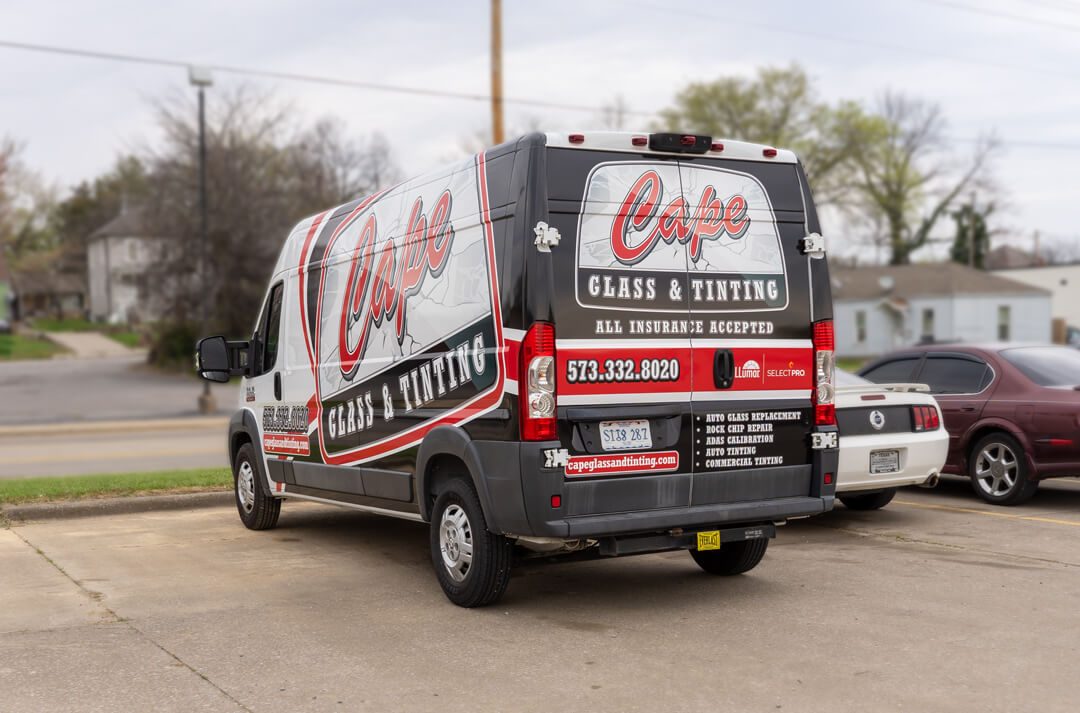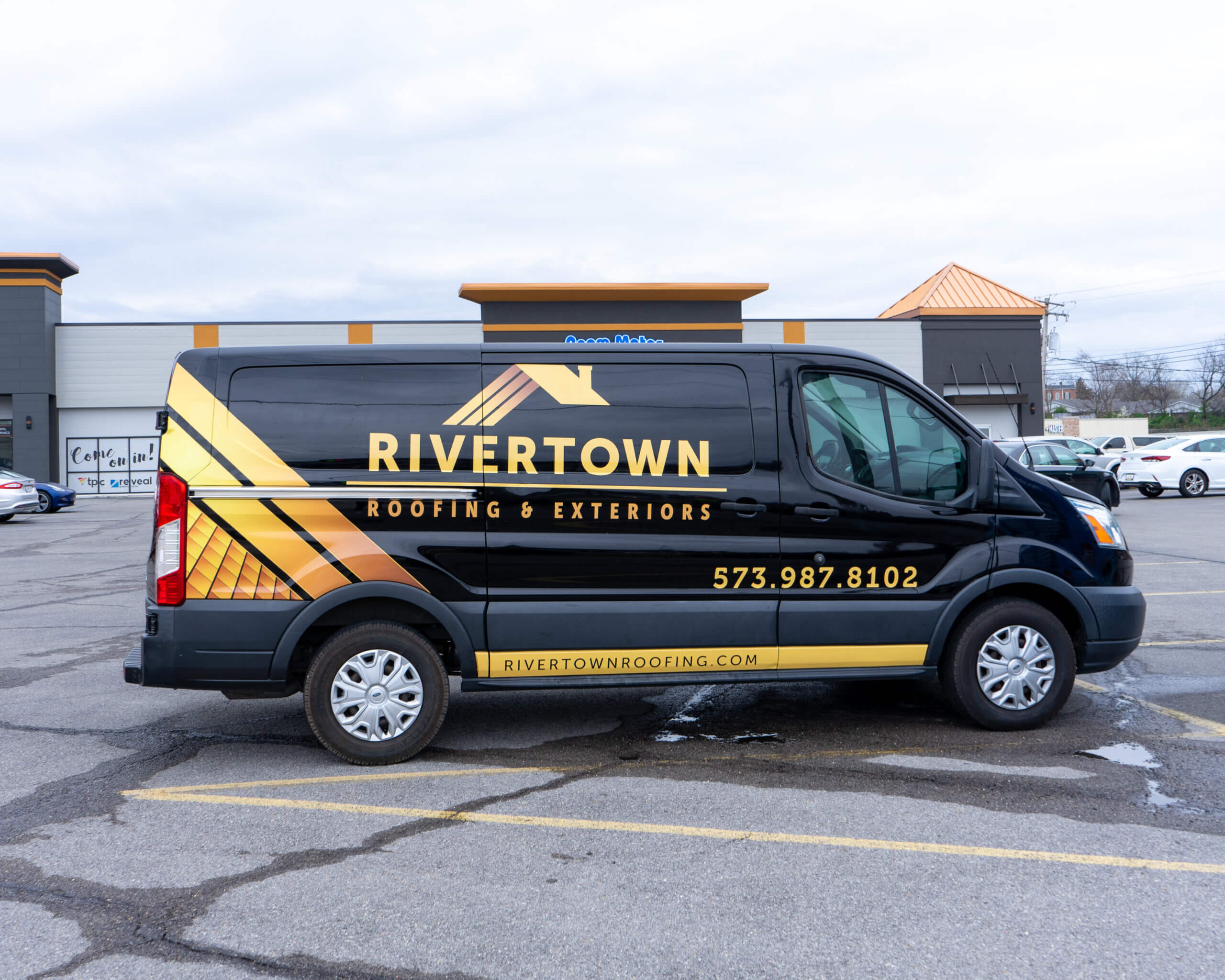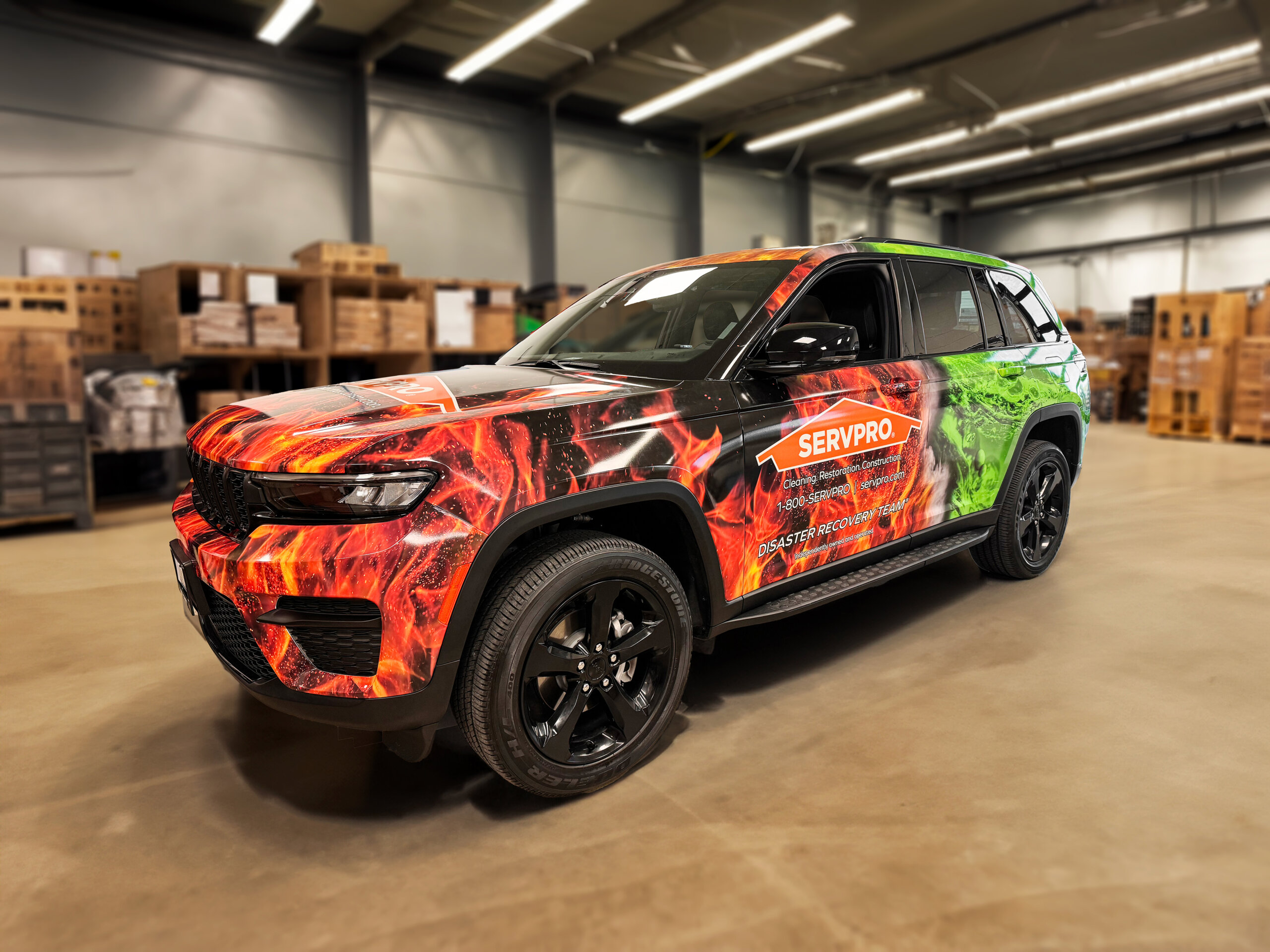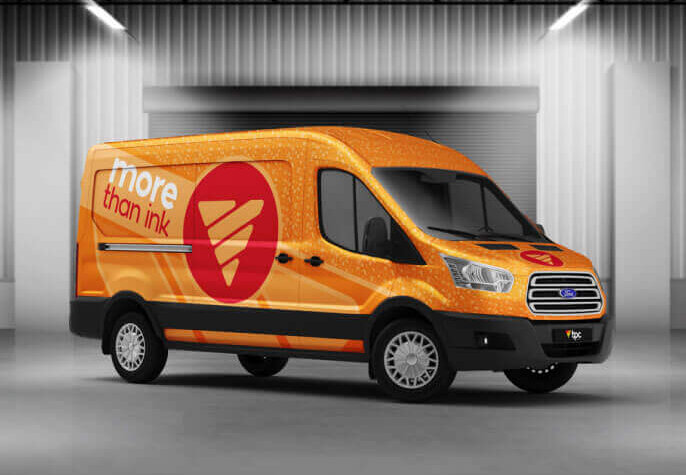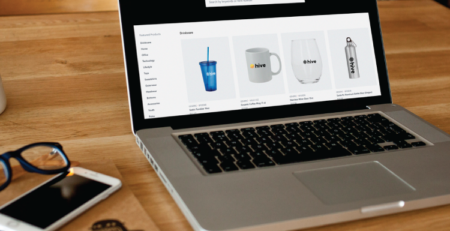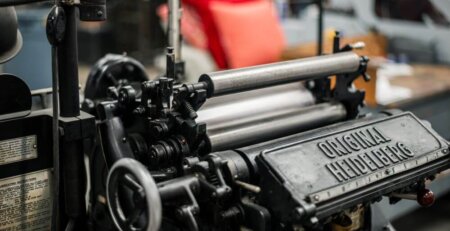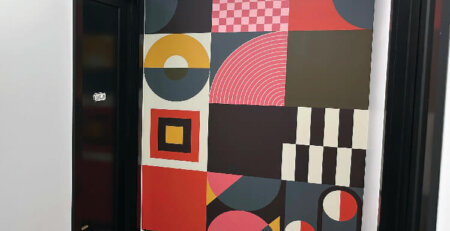Vehicle wraps are transformative. Whether cruising around town or parked, a well-designed wrap commands attention. Choosing the right wrap—whether it’s a full wrap, partial wrap, or just decals—can significantly impact the vehicle’s appearance and branding potential. However, it’s not just about looking good. Proper care for a vehicle wrap is essential to keep it fresh and ensure it lasts. This guide covers everything necessary to choose and maintain a vehicle wrap.
Why Proper Care for Vehicle Wraps Matters
Vehicle wraps have skyrocketed in popularity as a go-to for both personal and business vehicles. Film manufacturer 3M detailed in this report the huge potential for growth they predict in coming years. Wraps offer a sleek, cost-effective way to advertise, provide aesthetic appeal, and even protect a car’s original paint (professional removal is recommended; otherwise, damage to paint is possible). But, like any good investment, they require care to stay vibrant and intact. Proper maintenance not only keeps a wrap looking sharp but also extends its lifespan.
This guide covers all the bases, from understanding the different types of wraps and finishes to initial care, cleaning, damage prevention, long-term maintenance, and even when and how to remove a wrap.
Understanding Vehicle Wraps and Graphics
Before diving into the nitty-gritty of care, let’s discuss the different types of wraps and their benefits:
- Full Wraps: cover the entire surface of the vehicle, providing a complete transformation of its appearance. This type of wrap is ideal for those looking to make a bold statement or for businesses aiming to maximize their advertising space. The primary advantages of full wraps include complete coverage, which offers the most extensive visual impact by covering the entire vehicle and making it highly noticeable on the road. However, they are more expensive due to the amount of material and labor involved, and their installation can take longer compared to partial wraps or graphics.
- Partial Wraps: cover specific sections of the vehicle, such as the hood, roof, or sides. They are a cost-effective option for those who want to enhance their vehicle’s appearance or promote a business without the expense of a full wrap. The advantages of partial wraps include being less expensive than full wraps, making them more accessible for small businesses or personal use. They allow for strategic placement of designs or advertisements on key areas of the vehicle and are easier and quicker to install and remove, providing the option to update or change designs more frequently. Partial wraps can also be combined with the vehicle’s original paint for a unique look. However, they do not provide full protection to the vehicle’s paint, leaving some areas exposed to potential damage, and may not have the same visual impact as a full wrap, depending on the design and placement.
- Decals: include logos, images, or text placed on specific areas of the vehicle. This option is ideal for businesses looking to add branding elements to their vehicles without altering the entire appearance. The primary advantages of decals are affordability and simplicity. They are generally the least expensive option and are easy to install and remove, which allows for quick updates or changes. They are effective for displaying logos, contact information, or promotional messages, enhancing brand visibility and adding a professional touch without overwhelming the vehicle’s original look. However, decals provide the least amount of protection for the vehicle’s paint and may not attract as much attention as full or partial wraps, depending on the size and placement of the decals.
- Different Finishes: Wraps can come in various finishes, such as matte and gloss, both with UV protectant. The finish chosen can impact both the look and the maintenance requirements of a wrap.
- Gloss finishes are a popular choice due to their shiny, reflective appearance that mimics the look of a traditional paint job. They are excellent for making colors pop and adding a sleek, polished look to the vehicle. Gloss finishes are also relatively easy to clean, as dirt and grime tend to wash off more easily compared to matte finishes.
- Matte finishes, on the other hand, offer a unique, non-reflective appearance that can give a vehicle a sophisticated and modern look. They are perfect for those looking to stand out with a distinctive, understated style. However, matte finishes can be more challenging to maintain, as they are more susceptible to showing fingerprints, smudges, and surface imperfections.
- Benefits of a Wrap: Aside from turning heads, wraps are an excellent form of mobile advertising. A wrapped vehicle serves as a moving billboard, constantly promoting a brand or message to a wide audience. Studies have shown that vehicle wraps can generate between 30,000 and 70,000 impressions per day, making them a highly effective marketing tool¹. They can change the color and style of a vehicle without permanent alteration, allowing for endless customization options. This flexibility is particularly beneficial for businesses that need to update their branding or promotional messages frequently. Additionally, wraps protect the original paint from minor abrasions and sun damage. The vinyl material acts as a shield against environmental elements, preserving the vehicle’s resale value by maintaining its exterior condition. Learn more about vehicle wrap at this blog post.
Initial Care After Installation
Once a wrap is installed, it’s crucial to follow initial care steps to ensure it adheres properly and looks flawless:
- Post-Heating and Curing Period: The final step in every wrap is post-heating. Applying heat to the wrap after installation ensures the vinyl is adhered to every crevice and won’t shrink back to its original shape. Overall, it makes the wrap more durable. The wrap also needs time to set and “cure” fully to the vehicle. Waiting 24-48 hours before washing or exposing it to harsh elements is usually recommended.
- Inspection for Imperfections: Meticulous checks for bubbles, lifting edges, or any other imperfections are conducted before a customer drives away.
Cleaning Your Vehicle Wrap
Keeping a wrap clean is key to maintaining its appearance:
- How Often to Wash: Aim to wash the wrapped vehicle every 2 weeks. Regular cleaning prevents dirt and contaminants from building up and damaging the wrap.
- How to Wash: Hand washing is best. Use a soft sponge or cloth, and avoid brushes that could scratch the surface. Use plenty of water and wash from the top of the vehicle down. Rinse any leftover residue with clean water.
- Products to Use: Use mild, non-abrasive car wash solutions. Avoid harsh chemicals and solvents as they can degrade the wrap material.
Avoiding Damage
Protecting a wrap from environmental and physical damage is crucial:
- Environmental Hazards: Whenever possible, park in shaded areas to protect from UV rays. Bird droppings, tree sap, and other contaminants should be cleaned off promptly to prevent staining.
- Physical Damage: Be mindful of scrapes and scratches. Avoid using high-pressure washers directly on the wrap, as they can lift the edges and cause peeling.
- Other: If other damage occurs, it’s important to address it promptly to prevent further deterioration. In case of a gas spill, wash off the residue as soon as possible with soapy water to prevent staining or degradation of the wrap. For oil, tar, or asphalt build-up, wipe the affected area with isopropyl alcohol and a citrus-based cleaner to safely remove the contaminants without harming the wrap. Regularly checking and cleaning the wrap will help maintain its appearance and longevity.
Long-Term Maintenance
Routine inspections and minor repairs can go a long way:
- Regular Inspections: Check the wrap regularly for any signs of peeling, tearing, or wear and tear. Addressing small issues early prevents them from becoming major problems. Most bubbling or lifting will occur within the first couple weeks. If any are noticed, bring the vehicle back to the installer to be fixed.
- Protective Coatings: Consider reapplying protective coatings (ceramic or wax) if necessary. These can help maintain the wrap’s appearance and add an extra layer of protection against the elements.
Removing the Wrap
There will come a time when a wrap will need to be removed:
- When to Remove: Significant damage, peeling, or fading means it may be time to remove the wrap. With proper care, wraps can last over 5 years, but eventually, they do wear out.
- Professional Removal: Professional removal is highly recommended to avoid any damage to the underlying paint. The wrap can easily be replaced with a fresh design if desired.
Wrap It Up
Caring for a vehicle wrap doesn’t have to be a chore. With regular cleaning, mindful protection, and routine inspections, a wrap can stay looking fresh and vibrant for years. Not only does proper care enhance the aesthetic appeal, but it also extends the lifespan of your investment.
Need help with a vehicle wrap? Whether it’s designing, installing, or replacing a wrap, tpc has you covered. Reach out for professional services tailored to keep any ride looking its best.
(1) “Measuring the Value of Vehicle Wraps” by ARD Ventures, 2003
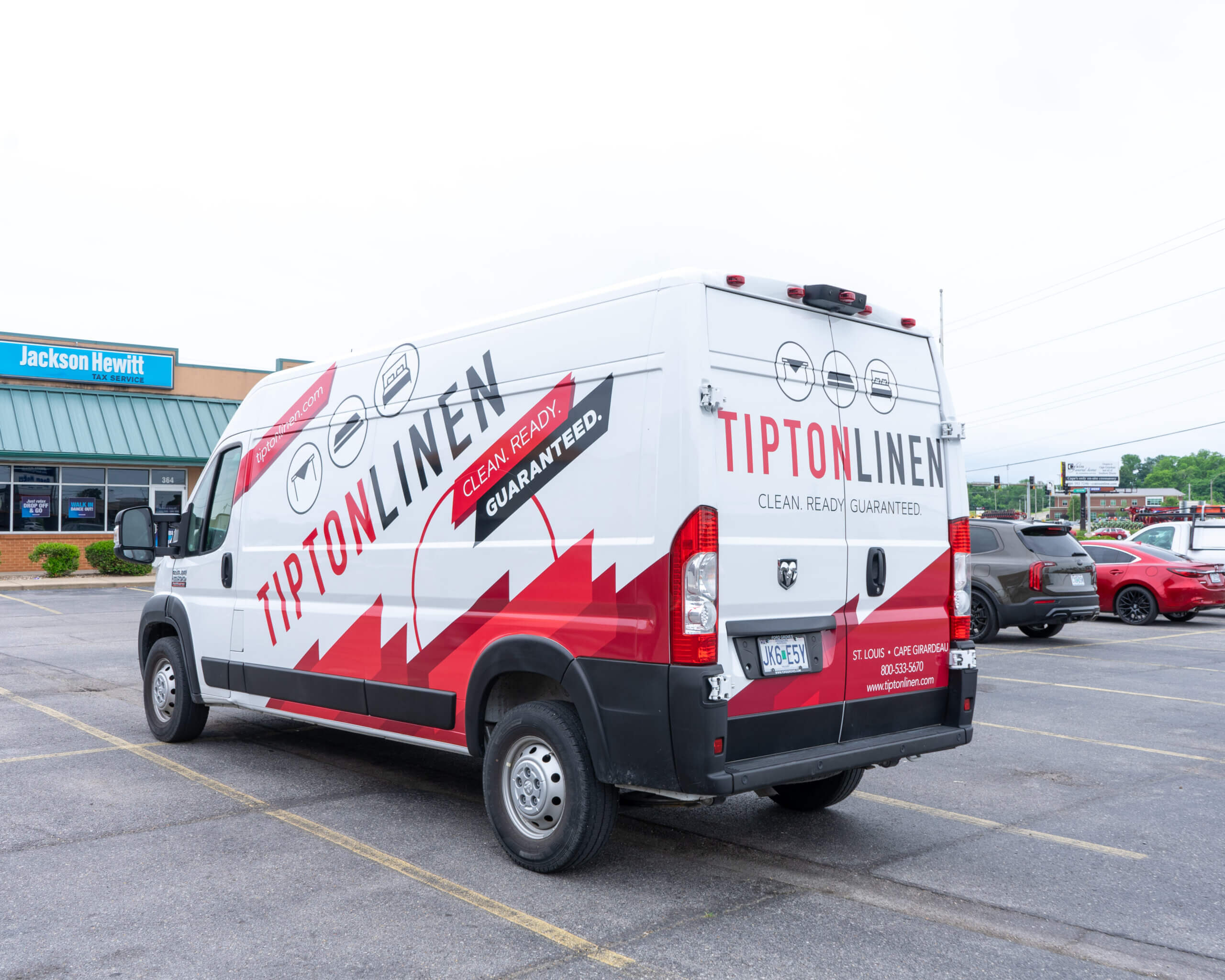
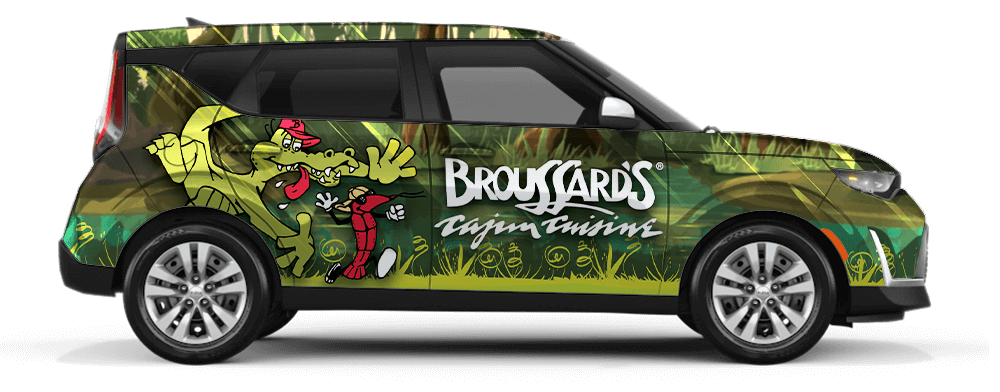
FULL WRAP
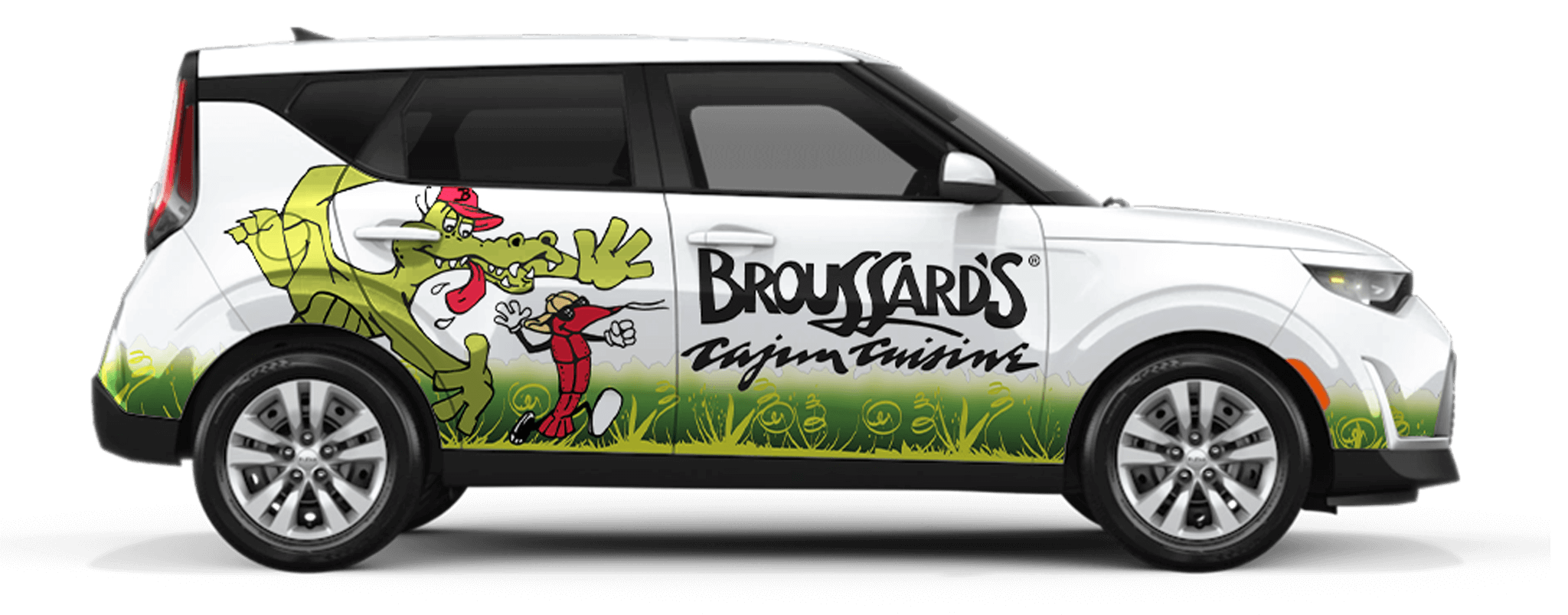
PARTIAL WRAP
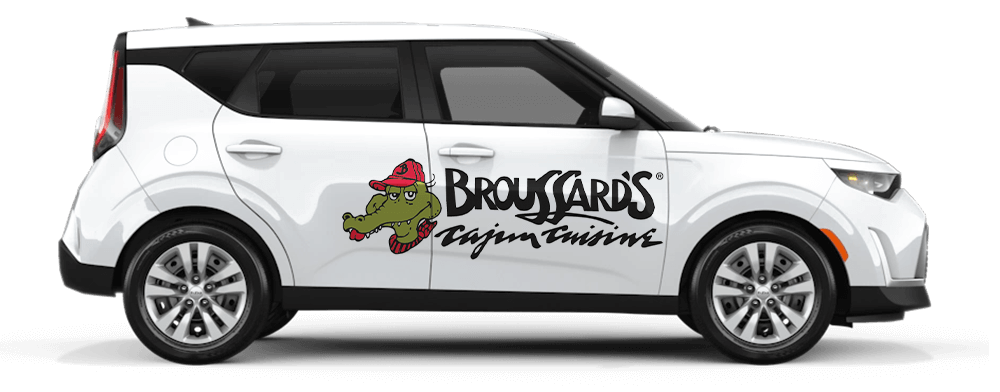
DECAL
